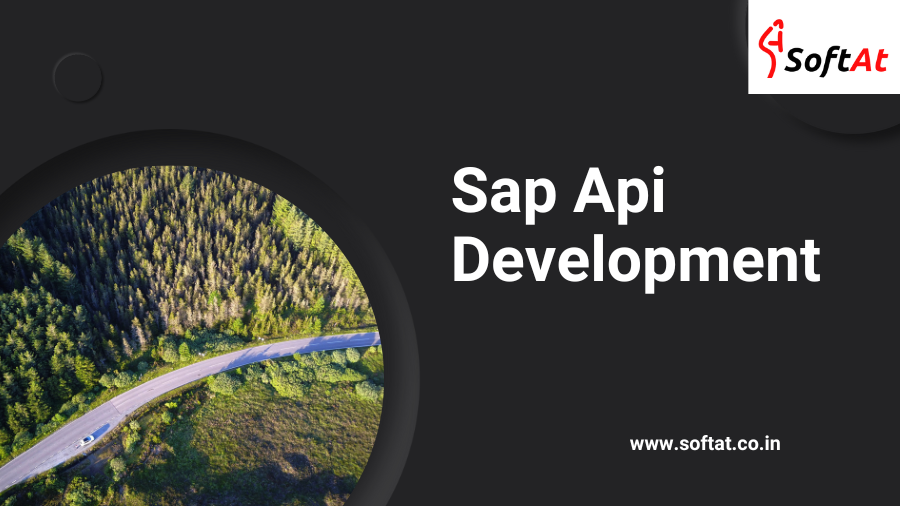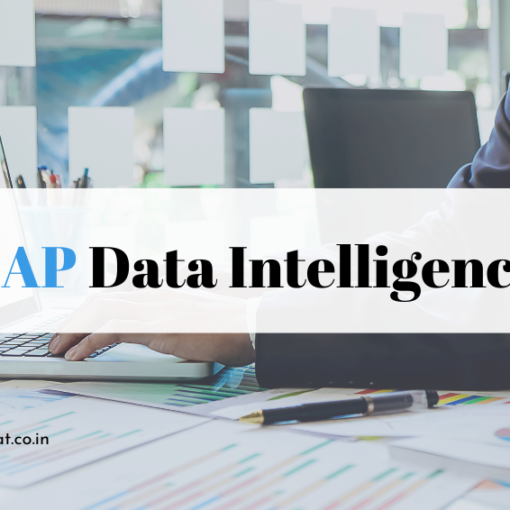Introduction to SAP API Development
In the rapidly evolving landscape of software development, SAP API development has emerged as a cornerstone for fostering seamless connectivity and integration. APIs (Application Programming Interfaces) serve as the bridge between different systems, allowing them to communicate and share data effectively. In this article, we will delve into the world of SAP API development, exploring its significance, advantages, best practices, challenges, and the future it holds.
Understanding SAP APIs
SAP APIs play a pivotal role in modern software architecture. They are the channels through which different components of SAP systems communicate with each other and with external systems. These APIs facilitate the exchange of data, enabling a level of interoperability that is crucial in today’s interconnected digital landscape. Whether it’s retrieving data from SAP databases or triggering specific actions within SAP applications, APIs serve as the glue that binds diverse elements of a digital ecosystem.
- Understanding Requirements: Start by identifying the specific requirements of the API. What data or functionality needs to be exposed or consumed? Consider the needs of both the API provider and the consumers.
- Choose API Type: SAP supports various API types, such as RESTful APIs and OData services. Choose the type that best fits your requirements.
- SAP API Management: Utilize SAP API Management tools to design, publish, and manage APIs. This may involve SAP API Business Hub for discovery and SAP API Management for governance.
- Development: Write the code for your API using SAP technologies. This may involve using SAP Fiori, SAP Gateway, or other relevant tools.
- Security: Implement security measures to protect the API. This could include authentication, authorization, and encryption.
- Testing: Thoroughly test the API to ensure it functions as expected. This includes unit testing, integration testing, and possibly involving tools like Postman or SAP API testing tools.
- Documentation: Create comprehensive documentation for your API. This should include details on how to use the API, what endpoints are available, and any necessary authentication details.
- Deployment: Deploy the API to the relevant SAP landscape. This could be on-premises or in the cloud, depending on your organization’s infrastructure.
- Monitoring and Maintenance: Set up monitoring tools to track the performance and usage of your API. Be prepared to address any issues that may arise and update the API as needed.
- Versioning: Implement versioning for your API to manage changes and updates without disrupting existing consumers.
Adapting to Evolving API Standards
The world of technology is in a perpetual state of evolution, and APIs are no exception. SAP API development must adapt to emerging standards and best practices. This involves staying informed about updates and changes in API protocols, security measures, and industry trends. Regularly reviewing and updating APIs to align with the latest standards ensures that the organization remains at the forefront of technological advancements.
Strategies for Maintaining Robust API Development Post-Implementation
Once SAP APIs are implemented, the journey doesn’t end. To maintain a robust API development environment, organizations must focus on ongoing monitoring, evaluation, and improvement. Regularly assess the performance of APIs, gather feedback from users, and implement necessary optimizations. This proactive approach ensures that APIs not only meet current requirements but are also prepared for future challenges.
Conclusion
In the ever-evolving landscape of enterprise software development, SAP API development stands out as a key enabler of connectivity, flexibility, and scalability. As businesses navigate the complexities of digital transformation, embracing SAP APIs becomes not just a choice but a strategic imperative. The ability to seamlessly integrate with diverse systems, ensure security, and adapt to emerging standards positions SAP API development at the forefront of modern software architecture.
Whether it’s fostering collaboration between different business units within an organization or enabling integration with external partners and services, SAP API development is the key to unlocking new possibilities in the digital realm. Embrace the power of APIs, and pave the way for a future where connectivity knows no bounds.
Read More:





